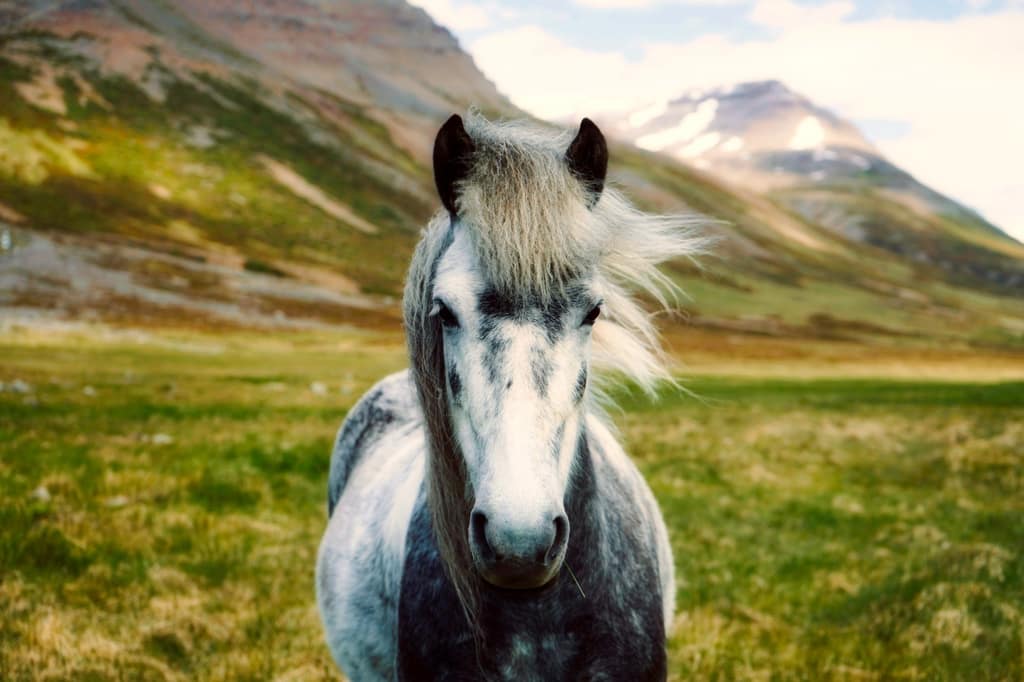Giant pandas are found in south-central China and Africa’s open savannas. The panda’s diet consists entirely of bamboo, even though it belongs to the Carnivora order. Pandas in the wild eat grasses, wild tubers, and even meat from birds, rodents, and carrion. In captivity, they may be fed with honey, eggs, fish, yams, shrub leaves, oranges, or bananas. Their fur is black and white. Their ears, around their eyes, legs, and shoulders are all covered in black fur. The size of a giant panda is comparable to that of an American black bear. So take a look at these 55 fascinating facts about this adorable creature.
- When a giant panda’s baby is born, it weighs about 100 grams (0.2 pounds), that is about 1/900 of their mother’s weight.
- The babies of giant pandas are called cubs.
- The giant panda, in actual, falls under the category of the bear.
- The animal in the Firefox logo in actual is not a Fox. It’s a Red Panda.
- Chinese scientists have given pandas anti-impotence drugs or viagra to mate them. The reason behind this is some pandas that have low fertility rate in the wild lose all interest in mating once they are in captivity.
- The life expectancy of giant pandas is approximately 20 years in the wild. Whereas in captivity, they may live about 25-30 years.
- Giant pandas are the national animal of the Republic of China.
- Giant panda cubs have eyespots in the shape of a circle. As they grow, the circles transform in the shape of teardrops.
- The giant panda is often described as a living fossil because its an animal from ancient times.
- The giant pandas are the generations of Ailurarctos, which lived in China about 8 million years ago. They have derived their skull from another ancestor, Ailuropoda microtia, which shows that it was half the size of the modern-day panda.

- They evolved about 2 to 3 million years ago in southern China.
- As per a study in 2014, Only about 1,864 giant pandas are living in the wild today. They are considered as endangered species mainly due to poaching and habitat loss.
- The mating season of the giant panda is in spring between March and May. Their mating process lasts just a few minutes.
- Males and females pandas do not associate with each other not more than 2-4 days.
- Once giant panda breeds, they go in separate ways. Male pandas do not help the mother panda in raising the cubs.
- Female pandas ovulate only once a year. They are fertile only for two to three days in an entire year.
- The gestation period of females can last anywhere from 95-160 days. Usually giving birth to single young.
- The reproduction rate of pandas is about one cub every two years.
- The pandas are considered to be the symbol of philosophy with their contrasting Black and white fur. The Chinese people believe that their gentle nature demonstrates how the yin and yang bring harmony and peace when they are balanced.
- Pandas can stand upright, but their short and hind legs are not so strong to support their body weight.

- All the pandas are pigeon-toed, which means that when they walk, they walk with their front paws turned inward. Seeing them walking sometimes feels like their legs are broken, but it’s their natural way of walking.
- Pandas are not fast runners due to their heavy bodies, and they can run at a speed of about 32 kph(20 mph).
- Cubs are generally born in the month of August or September. When born, the cubs have pink skin, a long tail, no teeth, eyes closed, and a thin coat of white fur.
- After a month, the cubs are born, they get their famous spots and open their eyes. After two months, they reach the size of the average human newborn baby, and when they reach the age of two, the cub leaves their mother.
- Pandas rely less on visual memory as compared to spatial memory to locate their mates and their favorite bamboos. The spatial memory is described as the ability to remember locations.
- There are only about 548 Pandas living in captivity.
- Pandas’ feet are plantigrade. This means that their entire foot (toes and heel) touches the ground as they walk, which is similar to the way humans, other bears, and rodents walk. Other animals, such as cats, dogs, and horses, walk with their weight on their toes.
- Female pandas give birth to twin cubs more often in captivity than in the wild.
- Half of the newborn pandas die from being accidentally crushed by their mothers or from getting a disease.
- From 1974 to 1989, about half of the giant pandas’ habitats in the Sichuan area of China were destroyed by human activities.

- To survive, the giant panda needs 6.4 to 10.3 km square to survive. In contrast, a couple of giant pandas need more than 28 square km of land.
- Panda’s fur is sold in illegal trade markets between $60,000 and $100,000.
- The giant panda likes to spend 12-16 hours a day eating bamboo sticks. Bamboo contains very little energy and nutritional value, so they must eat about 12-38kg of bamboo daily to meet their body needs.
- Male pandas can weigh up to 160 kg (350 lb). In comparison, females are generally 10-20% smaller and can weigh from 70 to 125 kg.
- Pandas use different sounds to communicate with each other; They may squeak, huff, bark, and growl.
- An adult panda’s overall height can be 1.2-1.9 meters(4 ft to 6.5 ft).
- Before the 20th century, there were no recorded representations of giant pandas. Its throat has a special lining to protect it from splinters of bamboo.
- A giant panda can peel the bamboo stick in less than 40 seconds. Their throat has a special kind of lining to protect it from bamboo splinters.
- An adult panda can have up to 42 teeth which include canines, molars, premolars, and incisors. Like humans, they also get two sets of teeth in their lifetime: milk teeth and then permanent teeth.
- In 1963, the first panda was born in captivity in a Beijing zoo, China.

- Giant Pandas do not hibernate in winters as the diet they depend upon does not allow them to store enough fat. They do migrate in winters to lower elevations which is about 4000 ft above sea level. In summers, they get back to high altitudes with elevations of up to 11000 ft.
- They can generate as much as 28 kg (62 pounds) of poop every day.
- A panda can eat about 25-30 pounds(11- 13 kg) of bamboo in one day. Whereas in springs, a panda can eat up to 100 pounds(45 kg) in a single day.
- Before the 20th century, there were no recorded representations of giant pandas.
- To be kept in a zoo, a giant panda is over five times more expensive than keeping some other big animals like elephants or hippo. The cost for taking care of a giant panda is about $500,000 annually.
- Giant pandas are so large that it is hard for other animals to prey on them. However, their cubs and sick pandas are vulnerable to some snow leopards or jackals.
- The giant panda has 3-dimensional canine teeth with a bite force of 2603.47 newtons.
- The first giant panda that left china was in 1936 and was named as Su-Lin( meaning very cute). He arrived at the Brookfield zoo in Chicago, United States.
- The cute giant pandas are the symbol of WWF organization (worldwide fund for nature) since its startup in 1961.
- They have a perfect sense of smell and can even find the best bamboo stalks in the night.

- The only species of bear that does not move its ears to pick up sound is the giant panda.
- Since 1960 it is illegal to kill pandas in china. However, the laws were not strictly enforced. Then In 1987, the laws were strictly enforced and applied.
- Like many nocturnal animals giant pandas also have a vertical slit in their eyes. Which means they can see by day as well as by night.
- According to their autopsy by scientists, they have a small brain, kidneys, and liver compared to other bears.
- A group of giant pandas is often called as an embarrassment. However, the groups are also called bamboo of pandas or a cupboard of pandas.






